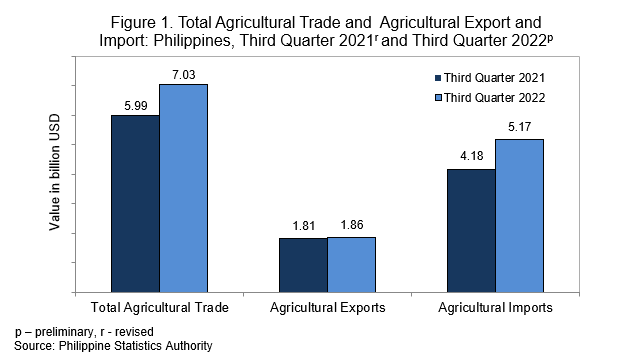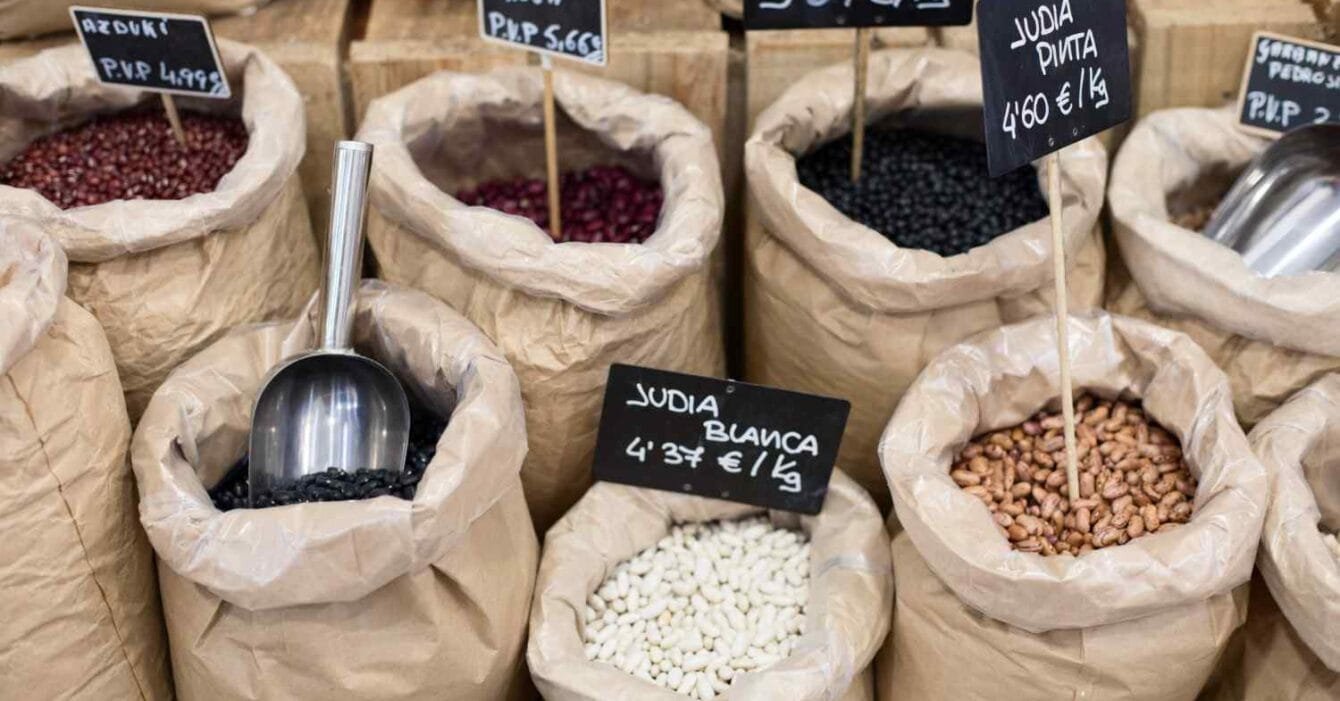The Philippines saw a solid lift in its economy in the second quarter of 2025, powered by strong gains in agriculture. Fresh data showed that agricultural production grew 5.7% from a year earlier, marking one of the best performances in recent years. This Philippines Agri & Commodity Surge became a major force behind the country’s 5.5% GDP growth in Q2.
During the period from April to June, the value of farm production reached PHP 437.53 billion, driven largely by crops and poultry. The rebound in agriculture helped offset weaknesses in other areas and reaffirmed the sector’s crucial role in national recovery.

Strong Crop Performance Leads the Philippines Agri & Commodity Surge
Crops were the standout performer this quarter. Crop output climbed 11.3%, led by double-digit gains in palay (rice) and corn. Together, these two staples made up more than half of the total agricultural production value—56%, to be exact.
Rice and corn are essential to both rural incomes and household consumption. Their strong harvests not only supported farmers but also helped keep food prices stable. This stability, combined with easing inflation, gave families more spending power and supported domestic consumption, which grew 5.5% year-on-year.
Philippines Agri & Commodity Surge: Poultry vs Livestock and Fisheries
While crops took the lead, poultry production also showed solid progress. Poultry output rose 7%, accounting for 17.2% of the agricultural sector’s total value. Chicken and egg producers benefited from steady demand and lower feed costs during the quarter.
In contrast, livestock and fisheries struggled. Livestock production fell 5.9%, while fisheries output slipped 4.2%. These declines highlight ongoing challenges such as disease management, input costs, and the need for better resource management in coastal communities.
Still, the overall growth in agriculture was strong enough to push the sector’s total output higher and fuel GDP expansion.
Agriculture Anchors GDP Rebound
The agriculture sector’s 7% expansion in Q2 was a sharp turnaround from the 2.2% growth in the previous quarter. This rebound came at a critical time. As other industries faced external pressures, strong farm output provided stability and lifted overall economic performance.
Thanks to agriculture’s contribution, the Philippines’ 5.5% GDP growth in Q2 was the fastest in a year. The data underline a simple but powerful truth: when the countryside thrives, the economy follows.
The success in agriculture also reinforces the value of continued investment in irrigation, seeds, and logistics. By supporting farmers and improving farm-to-market connections, the country can sustain growth and ensure food security.
Read Also: Philippines Oil Price Cut Impact Pumps Market Optimism
Outlook and Next Steps for Philippines Agri & Commodity Surge
If current trends continue, agriculture could remain a steady growth driver through the rest of 2025. Policymakers are watching closely to see whether gains in crops and poultry can outweigh the lag in livestock and fisheries.
Stronger farm performance will also help maintain price stability and boost rural incomes, both vital for inclusive growth. For businesses and investors, the surge signals rising opportunities in agri-processing, logistics, and supply chain development.
To explore how these developments can shape strategies and unlock value, organizations can contact Market Research Philippines, a global consulting firm with expertise in market analysis, strategy, and growth planning. Our insights can help navigate the evolving agricultural landscape and build on the momentum of this remarkable Philippines Agri & Commodity Surge.

